How brands can increase ROI on meme marketing strategies
From a fun way to engaging people on social media, meme marketing today has become an integral part of marketers’ arsenal to stand out amid the clutter, especially for the digital-first generation and be relevant for their culture. In the last 5 years, memes have gained a lot of popularity. The Google Trends graph below showcases the growing interest in memes.
Memes have become the new language for digital natives, even if someone is not aware of news or current events, they can discover the same via memes on social media platforms. For example, ‘Baahubali’s director, S S Rajamouli has famously said on the show ‘Koffee with Karan’ that he never knew the degree of ‘Baahubali’s popularity until he saw the memes all over the Internet.
Sunil Gangras, NCD, Liqvid Asia, said, “The answer to a simple ‘How did you survive that?’ is an Akshay Kumar meme from the movie ‘Welcome’ – ‘Miracle, Miracle’. I have seen friends converse in meme language so fluently that words pale into insignificance.”
A reason why digital agencies might suggest meme marketing to their clients, especially during the lockdown period, is because the number of netizens accessing the Internet has increased. Shraddha Aggrawal, COO, Co-founder of Grapes Digital, observed, “Memes saw great traction during the lockdown in India, where people shared a crazy amount of memes.”
There are multiple brands like Zomato, Netflix, Durex, Manforce, Amazon Prime, among others, that have launched great conversations using meme marketing.
Manforce has deployed meme marketing to great effect. A spokesperson from the company said, “As a custodian for safe sex, it is important for us, more than any other brand from any other category, to talk to people about sex. With this task in mind, we set out to create a language that people would find comfortable, while simultaneously breaking the taboo around sex talk. And this is what led to the creation of this whole new tonality, memes which has set Manforce among the most looked up digital brands in India.”
A meme can be of two types – video or static. Aggrawal explained, “Static memes help you represent consumer behaviour, community behaviour or sarcasm to create the perception of a fun brand. Videos are great drivers of VTR (View Through Rate) as you give users a clear reason to watch it till the end.” However, it is the relevance, shareability and relatability of the content that dictates the virality of a meme post.
Grapes Digital’s Aggrawal suggested some key factors that make meme content popular, such as a recognisable face, popular dialogues, sarcasm, trending topics, out of context execution.
For example, the ‘Omnipresent’ meme with Radhika Apte, who was appearing in all their shows like ‘Sacred Games’, ‘Ghoul’ and ‘Lust Stories’, was leveraged by Netflix. This gave them a solid increase in share of voice (SoV) and helped earn massive PR as well.
🤣😠#dadswayorthehighway ðŸ˜ðŸ¤£ #argumentswithdad #fathersday #happyfathersday #fatherandson #fatherdaughter #Fathersday2020#HappyFathersday #Coffybite #Lotte #Lotteindia #coffier #toffier #newargument #Chocolate #argument #lottecoffybite #confectionery #coffee #toffee pic.twitter.com/ZNErP7CA29
— Coffy Bite (@CoffyBiteIndia) June 17, 2020
Another example is what toffee brand Coffy Bite did for their Father’s Day campaign, #ArgumentsWithDad.
A meme post is not necessarily time bound, for instance, when PM Modi delivered a speech at 9 pm, meme marketers were armed with content by midnight for release.
Modi ji announces 21 days #lockdown
— // neeraj // 🔞 (@VenomNeeraj) March 25, 2020
Le Indians:- pic.twitter.com/QjDz2nfV8d
“A tactic that we use to increase shareability of content is to ensure that it is tag-able, the moment you have your content having more comments, it starts showing up in more people’s feed, hence increasing traction for the content created,” said CEO and Co-Founder of Chimp&z, Angad Singh Manchanda.
To make the post relevant, it is first necessary for a marketer to understand what is relevant. “If you do not know what is relevant to your audience, then a deep listening activity can help you identify the right topics with your community and create content that strikes the right chord,” explained Premkumar Iyer, Head - National Operations, Gozoop.
A well-known example of meme marketing was during the 2019 General Elections. News anchor Arnab Goswami mistakenly referred to Sunny Deol as Sunny Leone on national television. Manforce was the quickest to respond with a meme as Sunny Leone is their brand ambassador.
They piggybacked on the moment and immediately released a social post even though it was midnight. Soon, there was chatter on social platforms and well established meme pages had picked it up.
Sunny on our mind. #SunnyLeone #TheNationKnows #ManforceCondoms #sunny pic.twitter.com/8L2Qt3y913
— Manforce Condoms (@ManforceIndia) May 23, 2019
The post generated 2 million organic impressions on Facebook, totalling an incredible 200K engagements. It was shared over 7,000 times. It got over 82k likes on Instagram with 27k shares. On Twitter, the brand clocked over 350k impressions with 73k engagements. The Tweet received 650+ retweets. The post continued to cut through the political clutter, making it one of the most viral campaigns of all times.
However, organic reach on social media platforms has consistently been on the decline. Certain studies say that organic reach is extremely low (in single digit percentage), and hence, the engagement on the page (or content) also remains low, but for some, an organic social strategy needs both insight and relevance in today’s environment. An organic engagement that a brand gets is literally worth 3x the paid engagement that a post would get.
LIQVD Asia’s Gangras suggested, “Everyone knows that ‘pure’ organic reach is long dead. I feel the consumers today don’t really enjoy or relate to a self-boasting meme from a brand. Instead, from an engaging content perspective, what works is strategic content partnerships with 3rd party meme pages and influencers – the first phase is to ensure that the organic post gets traction through them. Then finally, once it becomes a rage, you plug in the brand at the very last mile.”
“While platforms are constantly trying their best to curtail organic reach so that brands invest more in pushing content, eventually all marketing activities have to yield better organic engagement. As better engagement feeds into driving organic reach; we see that healthy organic reach is a great indicator of a loyal, healthy and engaged community,” added Gozoop’s Iyer.
Like every coin has two sides, there are certain risks involved in meme marketing as well. There are times where memes may gather negative attention. Sometimes brands refrain from deploying memes directly from their social media handles and instead engage with content pages or influencers to get traction at the last mile.
When it comes to human resource allocation, digital agencies like Chimp&Z Inc have created a team for advocacy management, which coordinates meme campaigns for brands along with meme pages and strategists.
“Currently, meme marketing would not be more than 5 per cent of the digital marketing budgets from a brand’s end, it is currently in a pretty new phase and brands haven’t been able to adopt this into their master brand strategy, but I do see that changing over the next few years,” Chimp&Z’s Manchanda concluded.




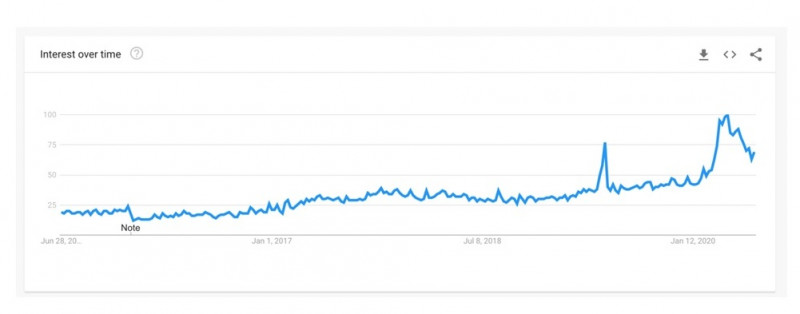


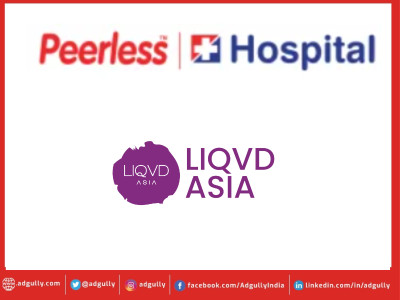






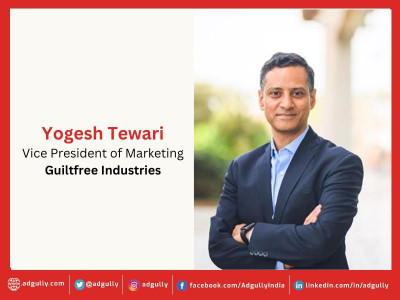
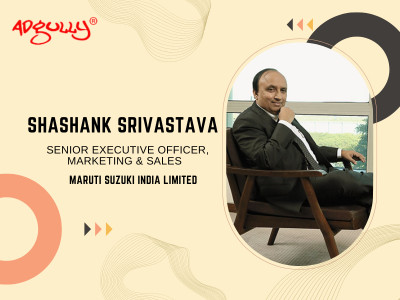
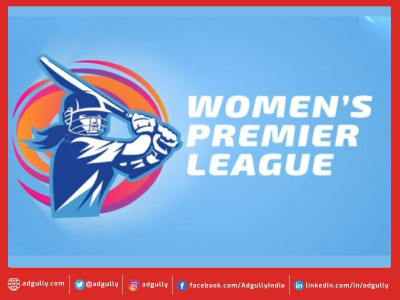


Share
Facebook
YouTube
Tweet
Twitter
LinkedIn